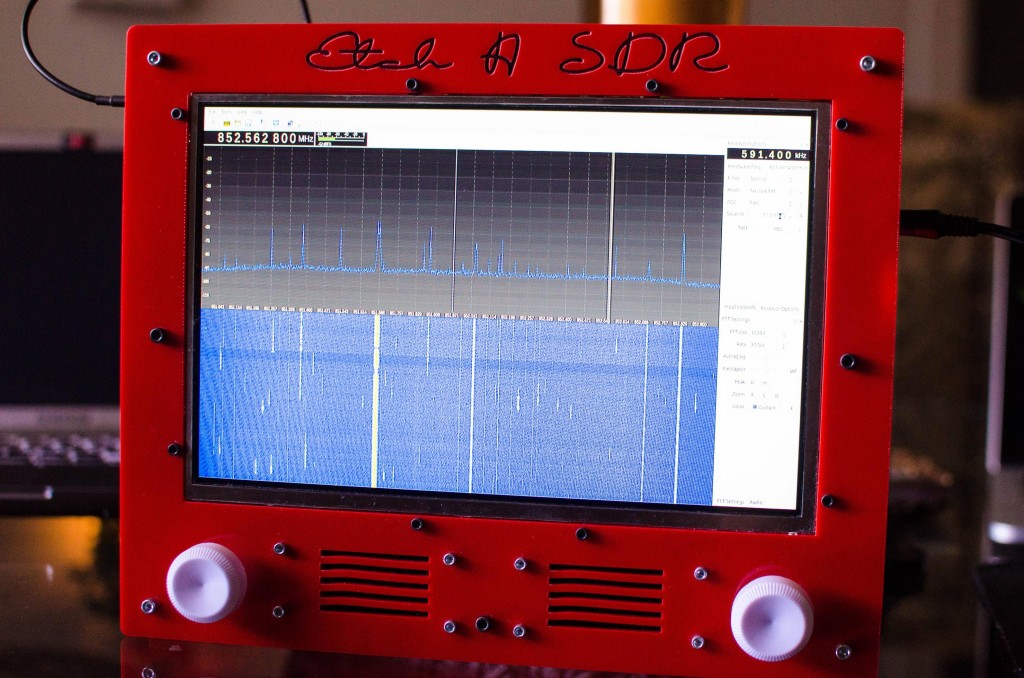Measuring the return loss of the standard RTL-SDR whip antenna
Most low cost sellers of RTL-SDR dongles bundle them with a cheap fixed length whip antenna. Over on YouTube Adam 9A4QV has measured the return loss of these whip antennas with his vector network analyzer to determine at what frequencies you can expect decent performance. The return loss indicates at what frequencies you can expect a good impedance match, and thus a good standing wave ratio (SWR). The lower the return loss the better the impedance match and thus less power is wasted in the antenna meaning better receive performance.
Adams results found that without a ground plane the antenna has a return loss of less than -10dB at around 625 MHz and about 1.40 GHz. With a ground plane (placed on a metal surface) the antenna has good performance at around 535 MHz, 1.4 GHz and 2.4 GHz. This is not surprising as the antenna is designed for DVB-T TV, of which most signals are transmit near 535 MHz. Adam also remarks that the performance at the ADS-B frequency of 1090 MHz with or without ground plane is quite bad.



